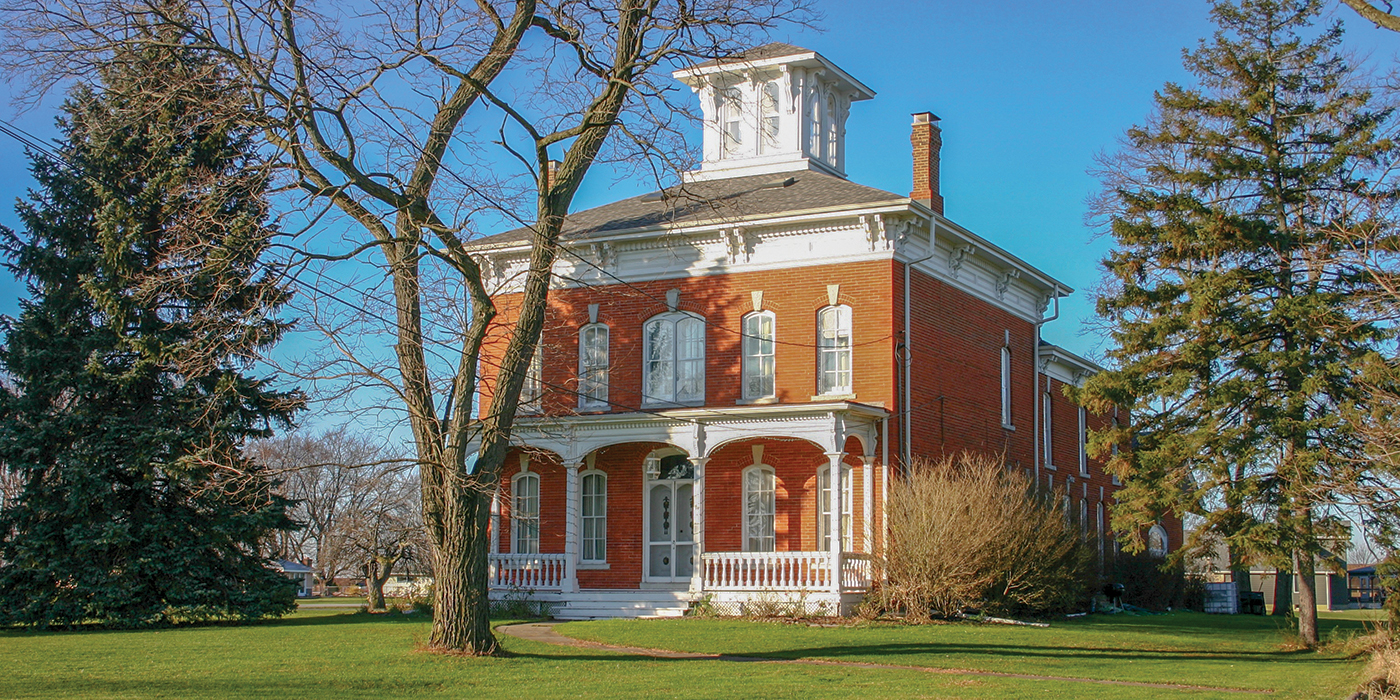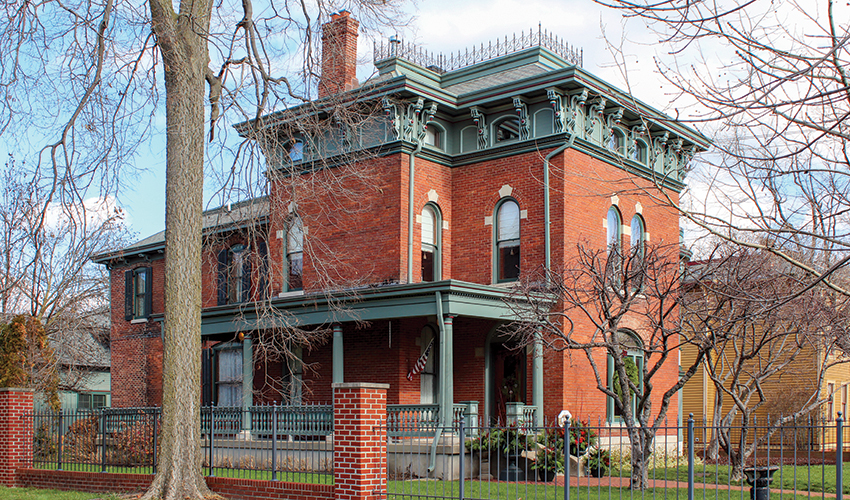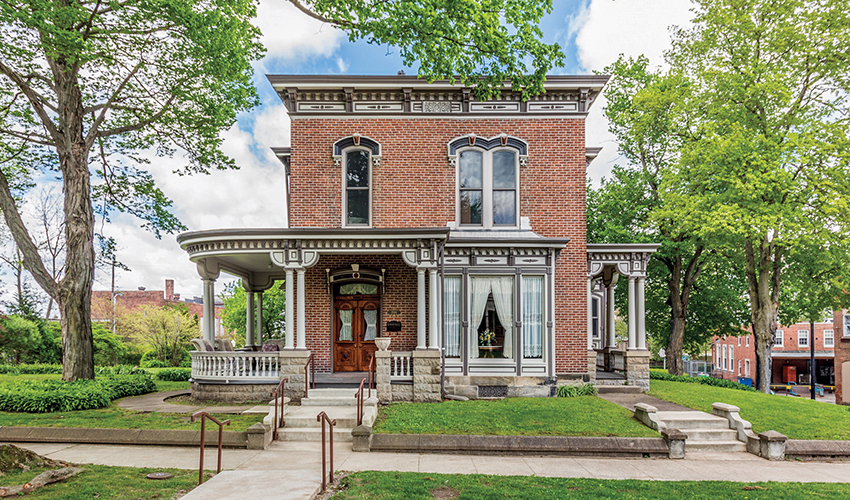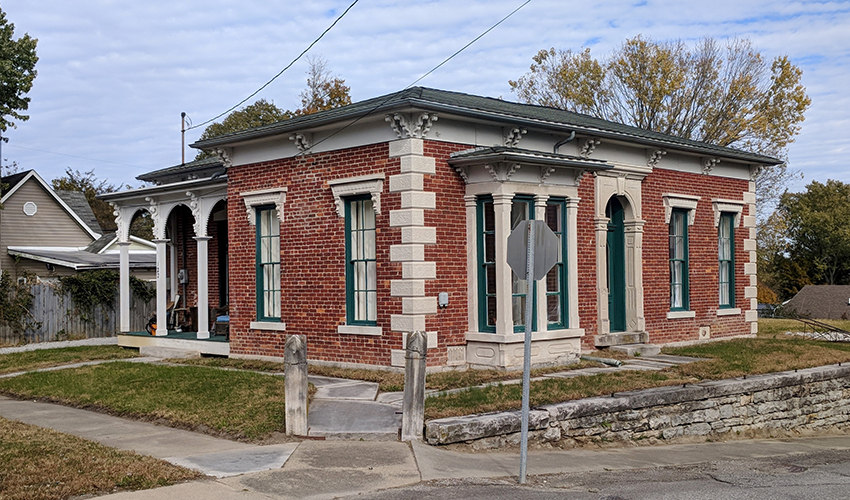NEWS
Indiana’s Love for Italianate Style
Perhaps the state’s best-represented house style, Italianate architecture emerged in the late 1800s as Indiana’s population boomed.

That's Amore
Of Indiana’s many architectural house styles, perhaps none is so well represented as Italianate, and for good reason. Popular around the state from 1855 to 1890, Italianate architecture emerged as Indiana experienced a population boom, swelling by over one million people between 1850 and 1890. As a result, you’ll find examples of the style in urban, suburban, and rural settings all over the state.
The Italianate style reflects Americans’ continued love of early European architecture. Perhaps best known for his Gothic Revival designs, A.J. Downing’s pattern books also depicted homes inspired by Romantic country villas of the Italian Renaissance. Downing’s villas often included a tower or cupola to add drama and proclaim wealth and status.
American Italianate houses tend to follow two broad trends: the picturesque and informal buildings inspired by rural Italian villas and farmhouses, and the formal symmetrical buildings modeled on the principles of urban Italian Renaissance design. Around Indiana, you’ll find Italianate houses constructed in brick and clapboard, and even vernacular forms such as gable-fronts and I-Houses that incorporate Italianate details.
To spot an Italianate building, look for brackets along the cornice, a defining hallmark of the style. While they may look like they support the roof, they are merely decorative. The roof is typically low-pitched and hipped, although gable-front forms also appear. Decorative window hoods cap tall, narrow windows that often stretch from floor to ceiling on the first floor. Lunettes, also known as eyebrow windows, sometimes show up near the roofline, shedding light into an attic. The half-moon shape ties the design to its Italian roots (think of the Roman arch).
Now that you know what to look for, don’t be surprised if you see Italianate houses popping up everywhere! Learn more about historic house styles in Indiana in our online style guide.
Stay up to date on the latest news, stories, and events from Indiana Landmarks, around the state or in your area.



